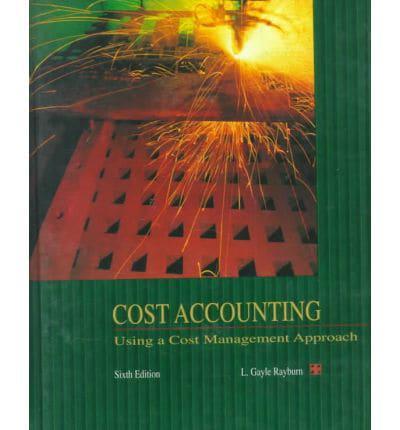Plywood Plastics Manufacturing Company was formed as a partnership 25 years ago by Buell Edmonds and Harold
Question:
Plywood Plastics Manufacturing Company was formed as a partnership 25 years ago by Buell Edmonds and Harold Douglass after Edmonds, a successful business executive in the floor-covering business, acquired a plastics franchise. His new product was to be bonded with plywood and used for sink tops, paneling, and tabletops. Edmonds and Douglass were long-time friends, and Edmonds thought Douglass had the technical expertise to successfully produce a product. For years, Douglass had been an industrial arts teacher in a large metropolitan school district.
Each partner invested $5,000 in the business, and the partnership leased space behind a garage. Edmonds worked for the business in an administrative capacity, while Douglass worked part-time, mainly at night and on Saturdays. After approximately two years, since the business was prospering, the company moved to a larger location at which time each partner invested additional money.
Originally, the company’s business consisted of custom-made products for new and remodeled homes; however, it gradually expanded operations so that emphasis shifted from single custom orders to larger commercial orders. Eventually, the bulk of its business came from several large national motel chains and one large, national mail-order house. Operations expanded to the extent that Plywood Plastics was producing custom countertops for mail-order catalog sales for the entire United States and Canada. In addition, it was shipping vanity tops and bathroom sink tops all over the world for the motel chains. After the purchase of new, modern equipment, Plywood Plastics began producing rough-slab products for sale to several large makers of kitchen tables; these firms further processed the products.
By this time, Douglass had resigned from his teaching position and was working full time with the company. Eventually, Plywood Plastics became a corporation with each partner receiving 50 percent of the stock and Douglass was named the general manager. Ten years ago, when Edmonds retired, Douglass purchased his holdings and became the sole owner. Five years later, Douglass sold all his holdings to a group of six investors; however, he remained a member of the board of directors since the investors owed him a portion of the sale price that was secured by collateral in the company.
Immediately after the sale, the assistant manager, who was one of the six investors, became president and general manager. Within one year a very profitable business began to lose money, at which time the board fired the manager and rehired Douglass on a daily consulting-fee basis. Within six months, Plywood Plastics was once again experiencing sizable profits;
however, since Douglass did not want to remain active, the board hired another full-time manager and president. Profits have decreased to the point where the company was breaking even.
At present, the company has a work force of 40 employees, a reduction from the 100 workers employed during peak production. Although the production work force has been cut, the administrative staff remains the same—a general manager, two bookkeepers, and two salespersons. The company remains approximately one month behind in filling orders, presenting some problems since its competitors are able to fill orders much more quickly.
Often the company is unable to begin processing an order after it is received because the material necessary must be ordered first. The only finished goods inventory produced for stock are vanity tops processed for the mail-order company; all other items are manufactured only after an order is received.
Plywood and plastic constitute the two main raw material inputs. The manufacturing process operates on an assembly line with the following four main steps involved:
i. A section where the plywood and plastic are glued together.
ii. A section where any necessary bending takes place.
iii. A section where the slab is cut to specifications.
iv. The final section where any molding or other refinements take place.
When Douglass was general manager, he would call the three factory supervisors into his office and give them their work orders for the day. When the regular assembly line employees reported each day, material necessary for production had already been obtained from the storeroom. Because of his long experience, Douglass correctly estimated the labor-hours needed for each batch of products; this allowed the manager to forecast profits per square feet of production with a high degree of accuracy. During each workday, Douglass would check with the supervisors on the progress of each job.
The company does not have a cost accounting system nor does it maintain a perpetual inventory system. Even though the company is closing its books each month, a physical inventory is taken only once per quarter; management estimates inventory values for other months. The firm determines earnings only for months in which management has estimated the inventory values. It values finished goods at 80 percent of sales price, and work in process at 70 percent of sales price. A local CPA firm prepares the year-end statements and tax returns.
Required:
What recommendations would you make for improving the company’s profitability? Include in your recommendations the type of information the company needs from its accounting system.
Step by Step Answer:

Cost Accounting Using A Cost Management Approach
ISBN: 9780256174809
6th Edition
Authors: Letricia Gayle Rayburn, Martin K. Gay





